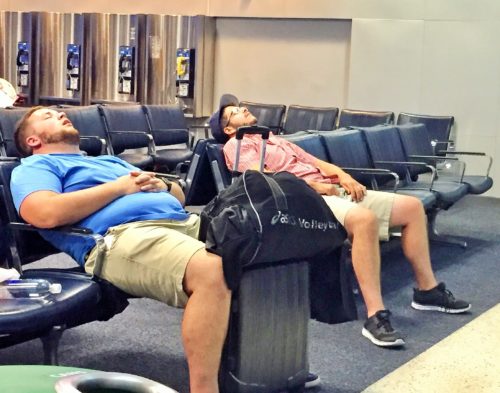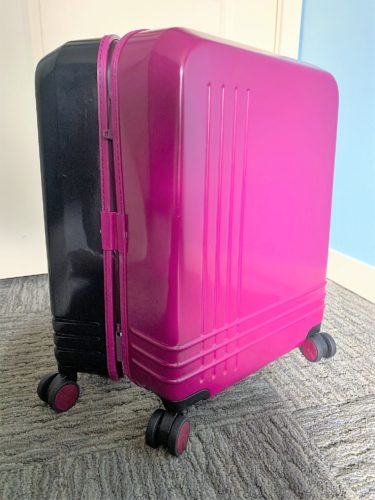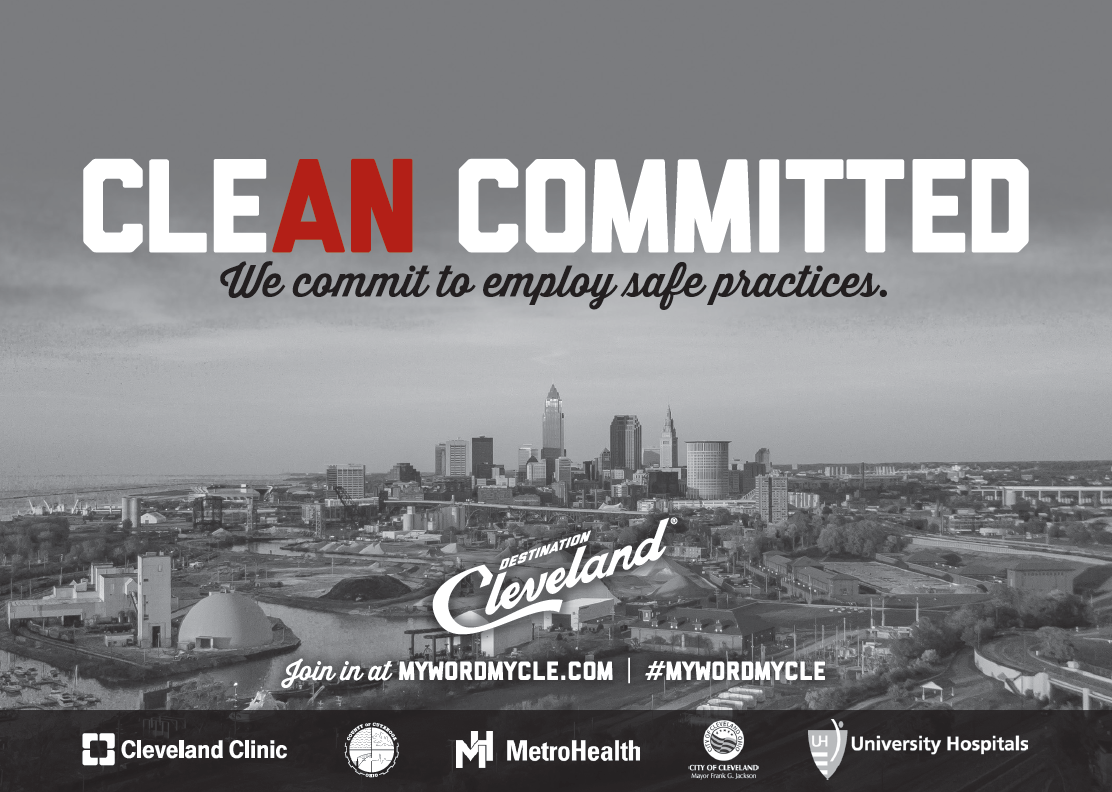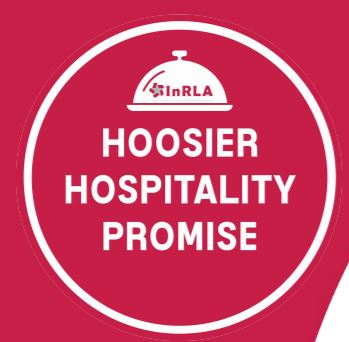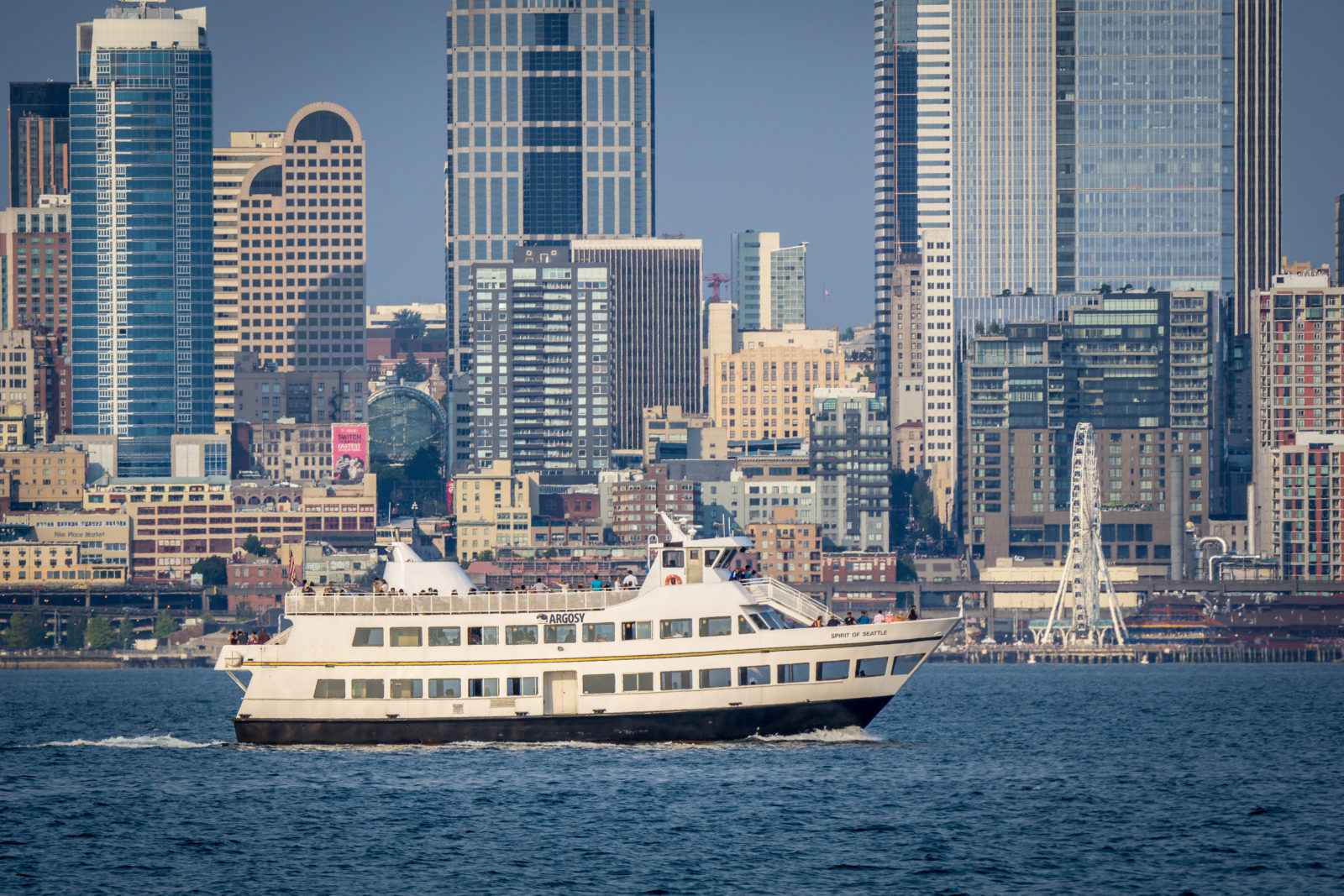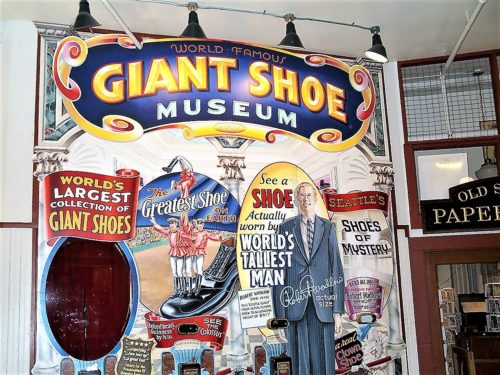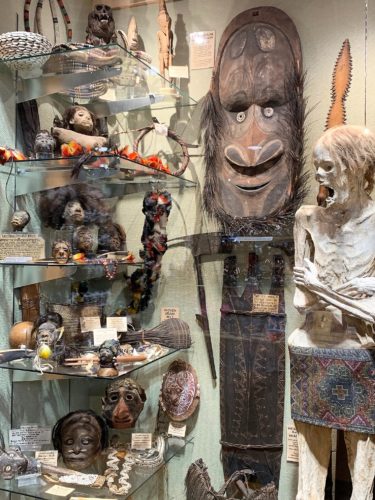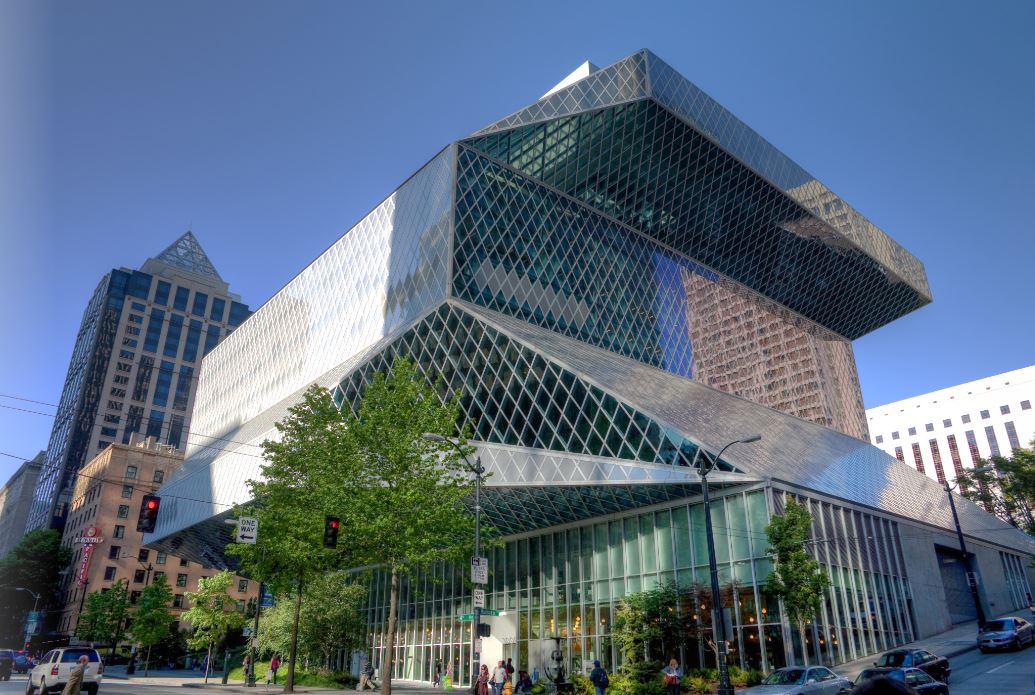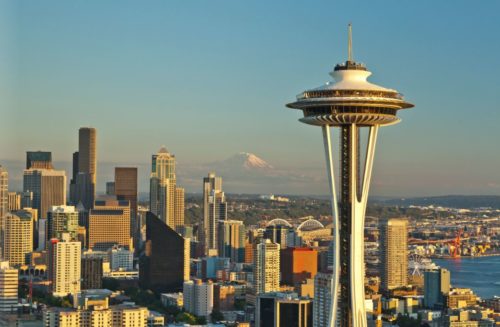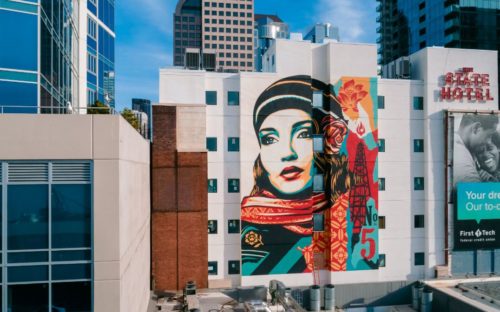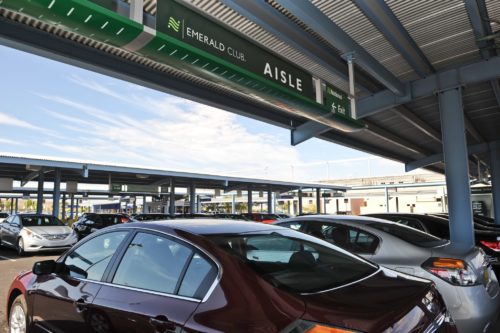
(This is an abbreviated version of a story we reported for NBC News)
First came COVID. Now abortion bans and anti-LGBTQ laws are complicating business travel.
Business travel is clawing its way back to 2019 levels as COVID-19 concerns largely recede. But as tighter abortion restrictions and anti-LGBTQ laws proliferate, some employers and event organizers are weighing a new set of threats to employees’ safety outside the office.
Dozens of states have slashed abortion access since the Supreme Court overturned Roe v. Wade, and more than 180 bills restricting LGBTQ rights are advancing in statehouses nationwide. Many such moves have drawn criticism on political and civil rights grounds, with companies and event organizers threatening state boycotts akin to the one that led North Carolina to scrap its 2016 anti-transgender bathroom law.
But lately, conservative “anti-woke” messaging has made many companies more hesitant to publicly ally themselves with progressive causes. Some are now taking a quieter approach to mitigating risks, business travel planners and human resources experts say.
“We think critically about who we are sending where and ask employees if they’re comfortable going to a state that has demonstrated they are not inclusive towards people with certain identities,” said Cierra Gross, CEO of Caged Bird HR, a consultancy firm. “We could be putting someone’s physical and psychological safety on the line in some of these states.”
While civil rights groups (and the Canadian government) have issued advisories warning of risks from the legislation, some travel industry groups and local advocates have pushed back against boycotts, arguing they hurt hospitality workers and minority business owners and rarely change policies.
In fact, last month, California lawmakers voted to repeal a ban on state workers using public funds to travel to 26 states with anti-LGBTQ policies, replacing it with a public awareness campaign.
In an April survey, the expense platform SAP Concur found that 82% of LGBTQ+ business travelers had changed accommodations at least once in the past 12 months because they felt unsafe, compared with 70% of U.S. business travelers overall and 53% of those globally.
For many workers, these concerns are nothing new — many have long had to be extra mindful of their safety with little to no employer support. For companies and travel managers, though, there’s now a growing “sense of importance and urgency” to revisit their policies, said Charlie Sultan, president of Concur Travel.
The last time that happened on a broad scale was when COVID-19 hit, pushing businesses to review the policies supporting what’s known as their “duty of care” to keep employees safe on the job.
While most businesses now have protocols to handle COVID-19 exposures, some are just starting to wrestle with other scenarios: What if a pregnant employee has a medical emergency while traveling in an anti-abortion state? Or if trans employee faces a confrontation someplace without public accommodation protections for gender identity?
Lauren Winans, CEO of Next Level Benefits, an HR consultancy firm, said some of her corporate clients have started maintaining lists of potentially problematic destinations for workers to visit. Others are adopting no-retaliation policies “that allow employees to express concerns, establish boundaries or refuse travel” to certain areas, she said.
The construction bidding platform PlanHub is “thoroughly assessing potential risks tied to the legal and political landscape in various regions,” said Kimberly Rogan, the company’s chief of staff and head of people operations. “We’ve refined our guidelines to inform employees about these factors better and to provide clear instructions on how to navigate them.”
These efforts coincide with a broader post-pandemic focus on mental and physical health and safety, said Daniel Beauchamp, head of global business consulting for Europe, the Middle East and Africa at American Express Global Business Travel.
As those concerns become the “front and center of corporate consciousness,” some U.S. and international employers are taking “a more nuanced” approach to their duty of care, he said.
But HR professionals say few of the businesses taking these steps are broadcasting them publicly, and the shift is far from universal.
Certain areas say they’re seeing pullback due to the new laws even as business travel rebounds.
Between May — the month Florida Republican Gov. Ron DeSantis expanded what critics termed a “Don’t Say Gay” law — and mid-September, more than 17 groups cited “current Florida politics” and safety as reasons for not booking conventions in Greater Fort Lauderdale and Broward County, despite a local reputation for inclusiveness, according to the Visit Lauderdale tourism group.
That list includes the National Sales Network, the American Specialty Toy Retailing Association, the University of Southern Mississippi and others, said Visit Lauderdale CEO Stacy Ritter. She estimated the community has lost out on more than $98 million in revenue.
“This is not an economic issue where you can offer a group more money to help underwrite their conference,” said Ritter. If people feel unwelcome in the state, she said, “there’s very little you can do.”
